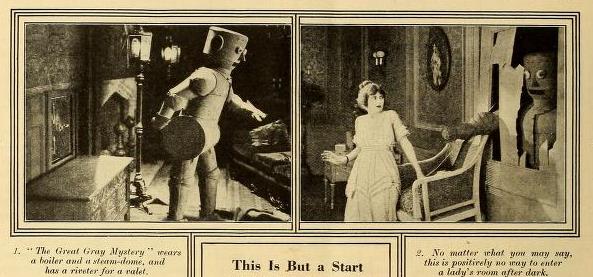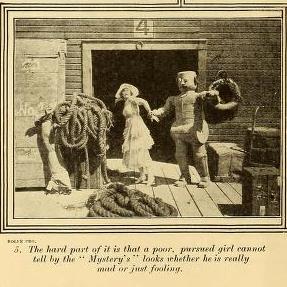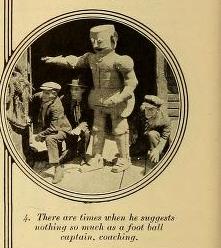The student is J. Gordon Whitehead, but what is the deal with the BOOK.
Whitehead is the one that punched Houdini in the dressing room at the Princess Theatre in Montreal on October 22, 1926.
Returning a borrowed book was supposedly how he gained entry to Houdini’s dressing room that fateful day.
Where did the return a borrowed book idea come from?
This question intrigued me so, I decided to investigate further.
If you examine all of the affidavits, none of them mention Whitehead returning a book.
If you examine all of the biographies, Milbourne Christopher’s, The Untold Story, appears to be the first one to mention a borrowed book being returned. So where did Christopher and the later biographers get the idea.
The following snippet from an article written by Bayard Grimshaw gives a clue:
THE STUDENT AND THE BLOW
The full story of the events leading to Houdini’s death was first told, to the best of my knowledge, in a well-written, detailed article by Stanley Handman which appeared in the Canadian Weekend Picture Magazine for 12th September, 1953. The account is so circumstantial, and contains so many independently verifiable facts, that there is no reason to doubt its accuracy.
The full article, with its five illustrations, was reproduced as a supplement to The Magic Cauldron in October, 1965. [Abracadabra Magazine Saturday 23rd March 1974 page 230]
Sam J. Smiley [student that made a drawing of Houdini in the dressing room] is the source of the article. It is believed that Stanley Handman gave his column that week to Smiley.
Below is a portion of the Was Houdini Killed? article by Smiley that is applicable to this post:
While Houdini was thus discoursing and I drawing, there was a rap at the door, and Houdini’s secretary ushered in a rather tall individual – he must have been at least six foot two – wearing a blue gabardine coat that seemed much too small for him, and carrying three or four books under his arm. The newcomer appeared to have known Houdini and had, in fact, come that day to return a book Houdini had loaned him a few days before; his name was Whitehead, and he was the theological student at McGill University.
Whitehead was an oldish looking young man about twenty-seven or twenty-eight years of age. He impressed one as being the very genteel type of student. His face was ruddy, his hair very thin on top; his frame was powerful though loosely-knit, and his neck was inordinately long. He spoke softly with an exaggerated Oxford accent.
With the advent of Whitehead the conversation continued anew, and though I was disturbed from time to time by the fact that Houdini had to turn his head to answer Whitehead’s numerous queries (for he was an enthusiastic talker) I found a good deal of interest in what was said…
It seems that Houdini had been a detective for many years and had aided in unraveling so many mysteries and had read so many detective stories, that he boasted of being able to piece together any detective story, unknown to him of course, by hearing three or four paragraphs from different sections of such story. Whitehead, who had a mystery book with him, tried the experiment; he read excerpts from three or four different sections of the book, and Houdini apparently was able to give the gist of the story. At this juncture Houdini made an observation which I shall always remember, “think of the trouble I might have caused if I had used my talents for ill.”
More conversation and then Whitehead asked Houdini another question. “What is your opinion of the miracles mentioned in the Bible?”
Houdini tactfully replied, “I prefer not to discuss or to comment on matters of this nature. I would make one observation, however, – what would succeeding generations said of Houdini’s feats had he performed them in Biblical times? Would they have been referred to as ‘miracles’?”
Whitehead appeared to be somewhat taken aback at this statement.
It was at this point that Whitehead began to manifest what seem to me an astonishing interest in Houdini’s physical strength. Then, out of a clear sky, Whitehead asked, “is it true, Mr. Houdini, that you can resist the hardest blows struck to the abdomen?”
Of course much of the above now appears in the biographies by Silverman, Kalush and others. As far as I know, Smiley’s article is the one and only source of a book being returned by Whitehead. And it took almost 27 years since Houdini’s death to come too light. The 1953 article is also the first time that Whitehead’s name was first mentioned.
So, the return a borrowed book idea came from Smiley and only Smiley.
Thanks to Dick Brookz and Patrick Culliton for links to reference material (e.g., affidavits).
Related post:
- Whitehead Second Visit (Houdini Gives Whitehead a Magazine)




